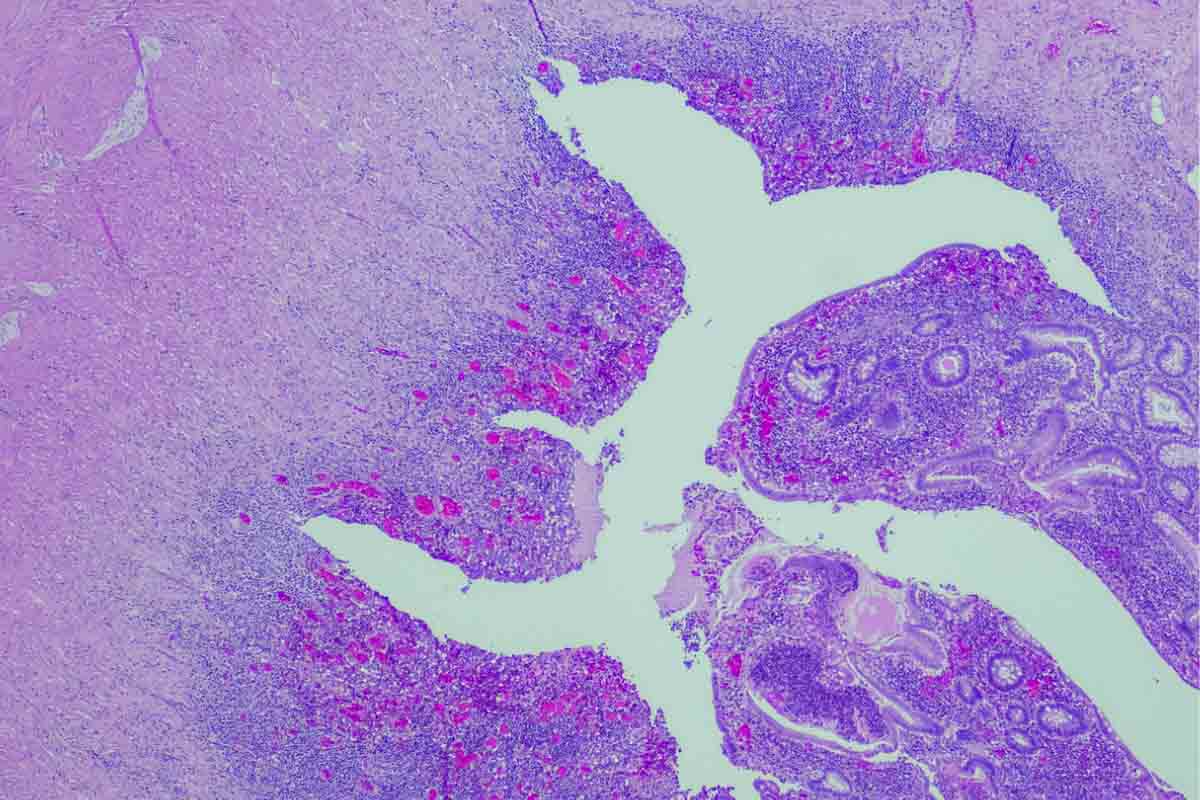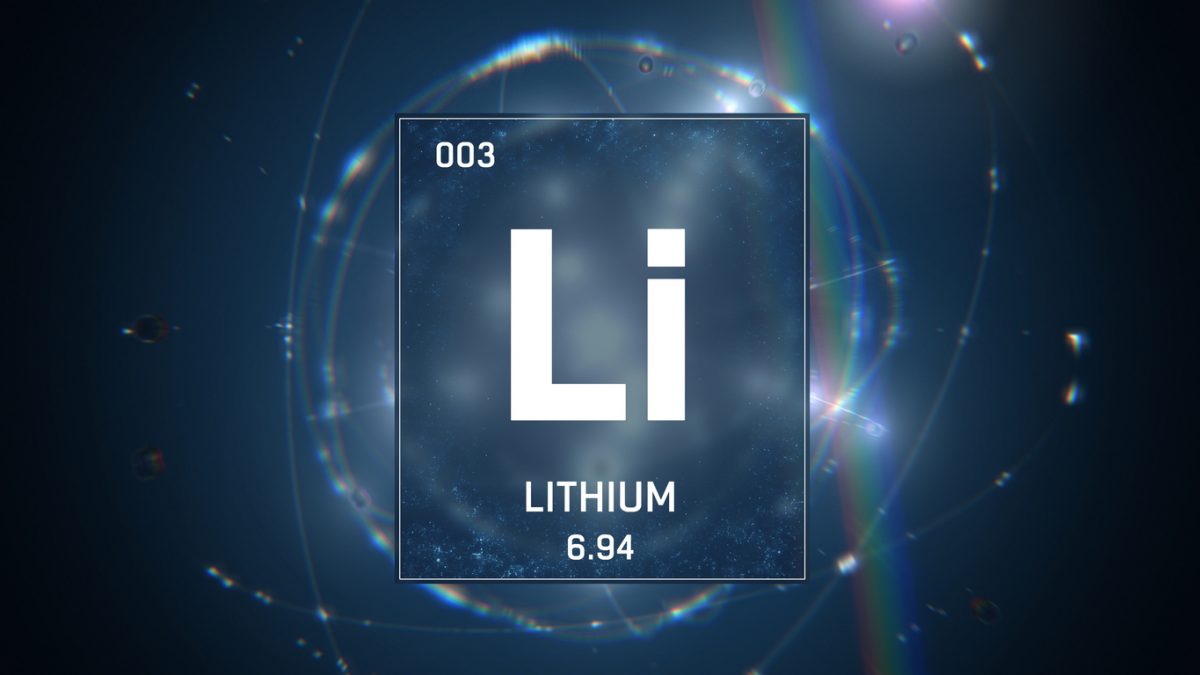
Toxic Effects of Psychotropics Related to Possible P450 Enzyme Inhibition by Kava: Report of 2 Cases

ABSTRACT
Kava is an herbal remedy popular for centuries among native Pacific Islanders for its sedative effects and use in religious ceremonies. Kava gained popularity in Western countries due to its anxiolytic properties; however, very little is known about potential adverse reactions to kava other than reports of hepatotoxicity. Two cases of patients seen on the psychiatric emergency and consult service who developed severe side effects from psychotropic medications in the context of kava use are presented. In both cases, kava use may have affected the metabolism of the psychotropic medications, leading to serious side effects. Growing research indicates that kava most likely alters concentrations of coadministered psychotropics possibly by inhibiting cytochrome P450 enzymes. This case series highlights the need for greater awareness of safety issues among kava users who also take medications that, when combined with kava, can be life-threatening at toxic levels. Pharmacogenomic testing along with further research about kava and its metabolites could help determine a pharmacologic solution for patients who require psychotropic medications but who would like to preserve cultural traditions and religious practices.
Prim Care Companion CNS Disord 2013;15(5):doi:10.4088/PCC.13br01539
© Copyright 2013 Physicians Postgraduate Press, Inc.
Submitted: June 5, 2013; accepted June 10, 2013.
Published online: September 12, 2013.
Corresponding author: Tara P. Toohey, MD, 501 W. 14th St, Suite 3N76, Wilmington, DE 19801 ([email protected]).
Kava is a popular herbal remedy in Hawaii, especially among native Pacific Islanders for religious ceremonies. Prepared from the roots and rhizome of the shrub Piper methysticum, kava has also gained popularity in Western countries due to its anxiolytic, sedative properties.1,2 Kava’s safety is still not well-studied, with adverse events reported mainly as hepatotoxicity.3 Recently, kava has been associated with potent in vitro inhibition of the cytochrome P450 (CYP450) enzymes, including 1A2, 2C9, 2C19, 2D6, 3A4, and 4A9/11, posing a potential drug-drug interaction risk, such as when used concurrently with other psychotropic medications for mood-altering effects.4 We report 2 cases of kava-using patients who developed severe adverse effects after concurrent use of psychotropics.
CASE REPORTS
Case 1
Mr A, a 60-year-old male Pacific Islander with type I bipolar affective disorder, presented to the emergency department for worsening manic symptoms over the last 3 weeks. He reported drinking kava for ritualistic purposes at least 3 times a week, with the last reported use 12 hours prior to presentation. Medical workup (blood work, urinalysis, and physical examination) was unremarkable. Mr A was given intramuscular haloperidol 5 mg and lorazepam 2 mg for severe aggression. Within 1 hour of injection, Mr A was obtunded with atrial flutter and hypoxia, which required intravenous flumazenil and intensive care unit monitoring. A chart review of Mr A’s previous inpatient psychiatric admission, during which he had no access to kava, showed similar use of intramuscular haloperidol and lorazepam but without serious side effects.
Case 2
Ms B is an 80-year-old female Pacific Islander who presented to the emergency department for acute psychosis. Ms B had restless legs syndrome and for the last few months used kava to promote sleep as suggested by a friend. This use began with drinking kava juice regularly, followed by taking more concentrated pill forms obtained through mail order. A few days prior to her emergency department visit, Ms B started using an old supply of ropinirole (0.25 to 0.50 mg daily) without informing her physician. She began experiencing zoopsic visual hallucinations and paranoid delusions of strangers attacking her. She was hospitalized for extensive medical workup, including head imaging, with no abnormal findings to account for her symptoms. Ms B improved quickly on low-dose quetiapine (25 mg every night at bedtime) and was discharged after a few days. Further history revealed that Ms B had taken ropinirole in the past without concurrent kava use and developed no adverse effects.
DISCUSSION
Both cases demonstrate a serious side effect possibly related to inhibition of CYP450 enzymes due to concurrent kava use. Each patient received similar psychotropic medications in the past while not taking kava without developing a medical emergency.
In case 1, the cardiotoxic effect may be due to kava inhibition of CYP450 metabolization of haloperidol. In vitro studies show that kava can significantly inhibit the P450 enzyme CYP2D6, which is the main enzyme needed to metabolize haloperidol.5,6 As a result, higher levels of haloperidol may lead to precipitous cardiovascular abnormalities, including arrhythmia.
In case 2, it is possible that kava similarly inhibited the breakdown of ropinirole by P450 enzymes such as 1A2, leading to excessive dopaminergic stimulation and acute psychosis. In vivo studies have been conflicted with regard to inhibition of specific P450 enzymes by kava.7-9 Differences between these studies can be attributed to variation in the kava extract compound used and possible dose-related interactions.10
Research on kava’s potential drug-drug interaction indicates that there may be altered concentrations of coadministered psychotropics in general but does not give recommendations about which psychotropics or doses may be safe options.5-10 There are also no known systematic studies that investigate the pharmacokinetic interactions between kava and specific psychotropics.11 As kava continues to be used regularly for cultural and recreational purposes, there needs to be greater awareness of safety issues among users who also take medications that, when combined with kava, can create a life-threatening situation at toxic levels. In particular, individuals with low intrinsic CYP enzyme activities may be at the highest risk for dangerous kava-related drug-drug interactions. Further studies on such herb-drug interactions, as well as an individual genetic profile of CYP450 enzyme activities, could help to determine a safety pharmacologic profile for those who use kava.
Drug names: flumazenil (Romazicon), haloperidol (Haldol and others), lorazepam (Ativan and others), quetiapine (Seroquel and others), ropinirole (Requip and others).
Author affiliations: Department of Psychiatry (Drs Toohey and Lu), John A. Burns School of Medicine (Ms Wada), University of Hawaii, Honolulu, and Christiana Care Health System, Department of Psychiatry, Wilmington, Delaware (Dr Toohey).
Potential conflicts of interest: None reported.
Funding/support: None reported.
REFERENCES
1. Kava. In: DerMarderosian A, Beutler JA, eds. The Review of Natural Products. Philadelphia, PA: Lippincott Williams & Wilkins; 2012.
2. Kava: Losing Tradition Through Abuse. Coalition for a Drug Free Hawaii Web site. http://www.drugfreehawaii.org/files/June2006.pdf. Updated July 3, 2006. Accessed July 14, 2012.
3. Rowe A, Zhang LY, Ramzan I. Toxicokinetics of kava. Adv Pharmacol Sci. 2011;2011:326724. PubMed
4. Mathews JM, Etheridge AS, Black SR. Inhibition of human cytochrome P450 activities by kava extract and kavalactones. Drug Metab Dispos. 2002;30(11):1153-1157. PubMed doi:10.1124/dmd.30.11.1153
5. Zou L, Harkey MR, Henderson GL. Effects of herbal components on cDNA-expressed cytochrome P450 enzyme catalytic activity. Life Sci. 2002;71(13):1579-1589. PubMed doi:10.1016/S0024-3205(02)01913-6
6. Yuan CS, Dey L, Wang A, et al. Kavalactones and dihydrokavain modulate GABAergic activity in a rat gastric-brainstem preparation. Planta Med. 2002;68(12):1092-1096. PubMed doi:10.1055/s-2002-36338
7. Gurley BJ, Swain A, Hubbard MA, et al. Clinical assessment of CYP2D6-mediated herb-drug interactions in humans: effects of milk thistle, black cohosh, goldenseal, kava kava, St John’s wort, and echinacea. Mol Nutr Food Res. 2008;52(7):755-763. PubMed doi:10.1002/mnfr.200600300
8. Gurley BJ, Gardner SF, Hubbard MA, et al. In vivo effects of goldenseal, kava kava, black cohosh, and valerian on human cytochrome P450 1A2, 2D6, 2E1, and 3A4/5 phenotypes. Clin Pharmacol Ther. 2005;77(5):415-426. PubMed doi:10.1016/j.clpt.2005.01.009
9. Russmann S, Barguil Y, Cabalion P, et al. Traditional aqueous kava extracts inhibit cytochrome P450 1A2 in humans: protective effect against environmental carcinogens? Clin Pharmacol Ther. 2005;77(5):453-454. doi:10.1016/j.clpt.2005.01.021 PubMed
10. Gurley BJ, Fifer EK, Gardner Z. Pharmacokinetic herb-drug interactions (part 2): drug interactions involving popular botanical dietary supplements and their clinical relevance. Planta Med. 2012;78(13):1490-1514. PubMed doi:10.1055/s-0031-1298331
11. Anke J, Ramzan I. Pharmacokinetic and pharmacodynamic drug interactions with kava (Piper methysticum Forst. f.). J Ethnopharmacol. 2004;93(2-3):153-160. PubMed doi:10.1016/j.jep.2004.04.009





